Mixing it Up: Painting Today at the Hayward Gallery - what the critics are saying
The show is both ‘resolutely inclusive’ and ‘dramatically uneven‘
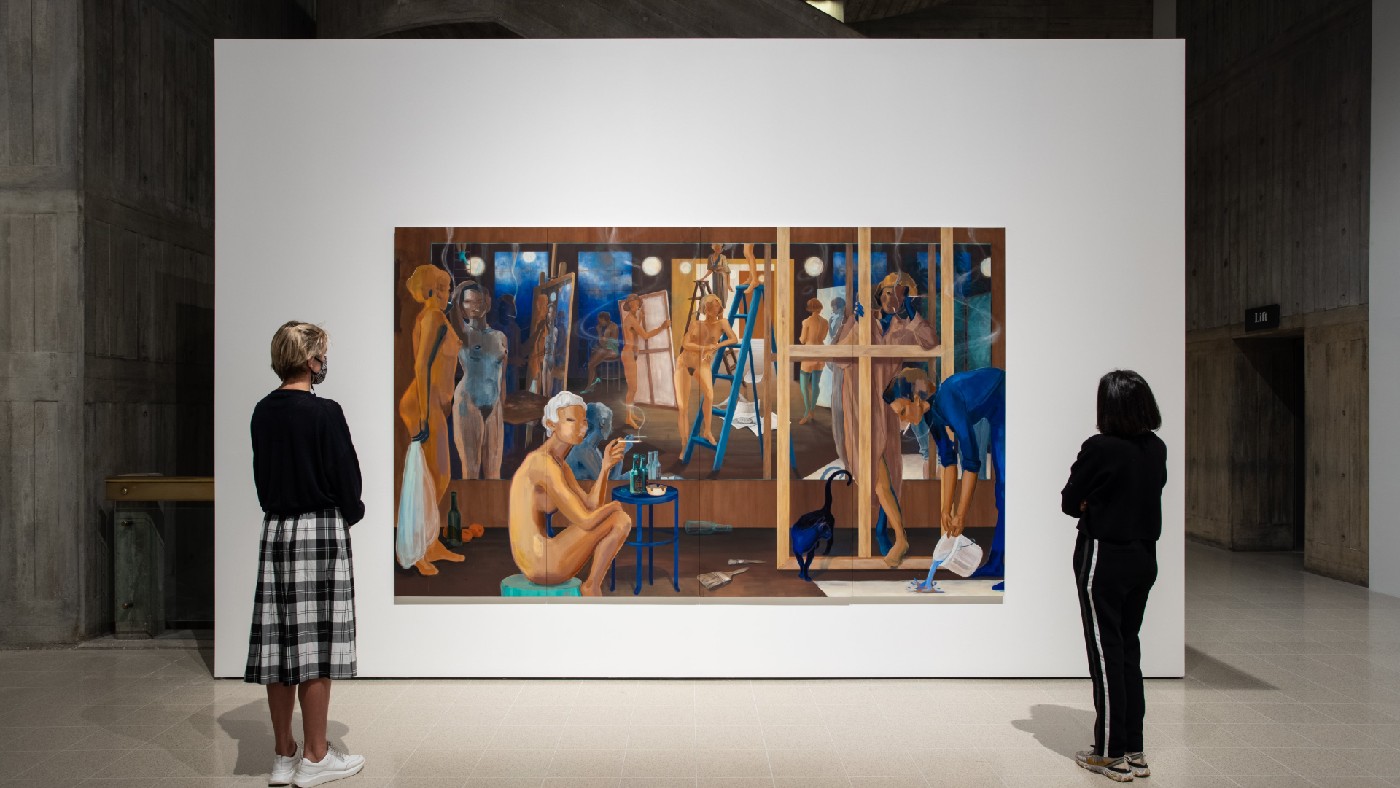
Unfashionable as it has been much of the past few decades, painting remains the artistic medium “favoured by a large majority of artists across the country”, said Mark Hudson in The Independent. So it’s cheering that it has been enjoying something of a critical renaissance of late, with canvases by artists such as Rose Wylie, Michael Armitage and Turner Prize-winner Lubaina Himid occupying gallery spaces that have, until recently, been filled with conceptual and installation art.
This new exhibition at the Hayward Gallery is a bold attempt to survey the state of painting in Britain today, from the “gutsy abstraction” of Oscar Murillo, another Turner Prize-winner, to the “polished photorealism” practised by Zambian-born Jonathan Wateridge.
Featuring the work of 31 artists, including “major figures” such as Peter Doig as well as painters “fresh out of art school” – and what feels like everyone in between – the show is resolutely inclusive: more than half the participating artists are women and many were born outside the UK; yet any sense that the curators have fallen victim to over-zealous positive discrimination is immediately dispelled by the high standard of the works on show. Overall, it is a highly entertaining exhibition that stands out for its “compelling immediacy”.
The Week
Escape your echo chamber. Get the facts behind the news, plus analysis from multiple perspectives.

Sign up for The Week's Free Newsletters
From our morning news briefing to a weekly Good News Newsletter, get the best of The Week delivered directly to your inbox.
From our morning news briefing to a weekly Good News Newsletter, get the best of The Week delivered directly to your inbox.
There’s a lot here to “thrill and delight”, said Alastair Sooke in The Daily Telegraph. The best sections elicit “a rush of tingling excitement”: one gallery pairs “whopping” abstract canvases by Murillo and hotly-tipped artist Rachel Jones; seen together, they “crash over you like breakers”. In the same room, a series of vividly coloured, semi-abstract works in oil pastel by Jadé Fadojutimi “ravish the eyes, stimulating retinas into overdrive”.
Unfortunately, however, such moments of coherence are rare, and on the whole the show is a bit of a mess. The curators’ insistence on diversity – in terms of age, social and ethnic background and style – is noble, but the lack of consistency it entails results in a chaotic “mishmash” of a survey; in general, it feels less like a comprehensive exhibition than a “sprawling art fair”.
Moreover, while most of the artists here fully deserve inclusion, certain works come across as “subdued, timid, even dreary” by comparison to the rest. Ultimately, it’s a missed opportunity.
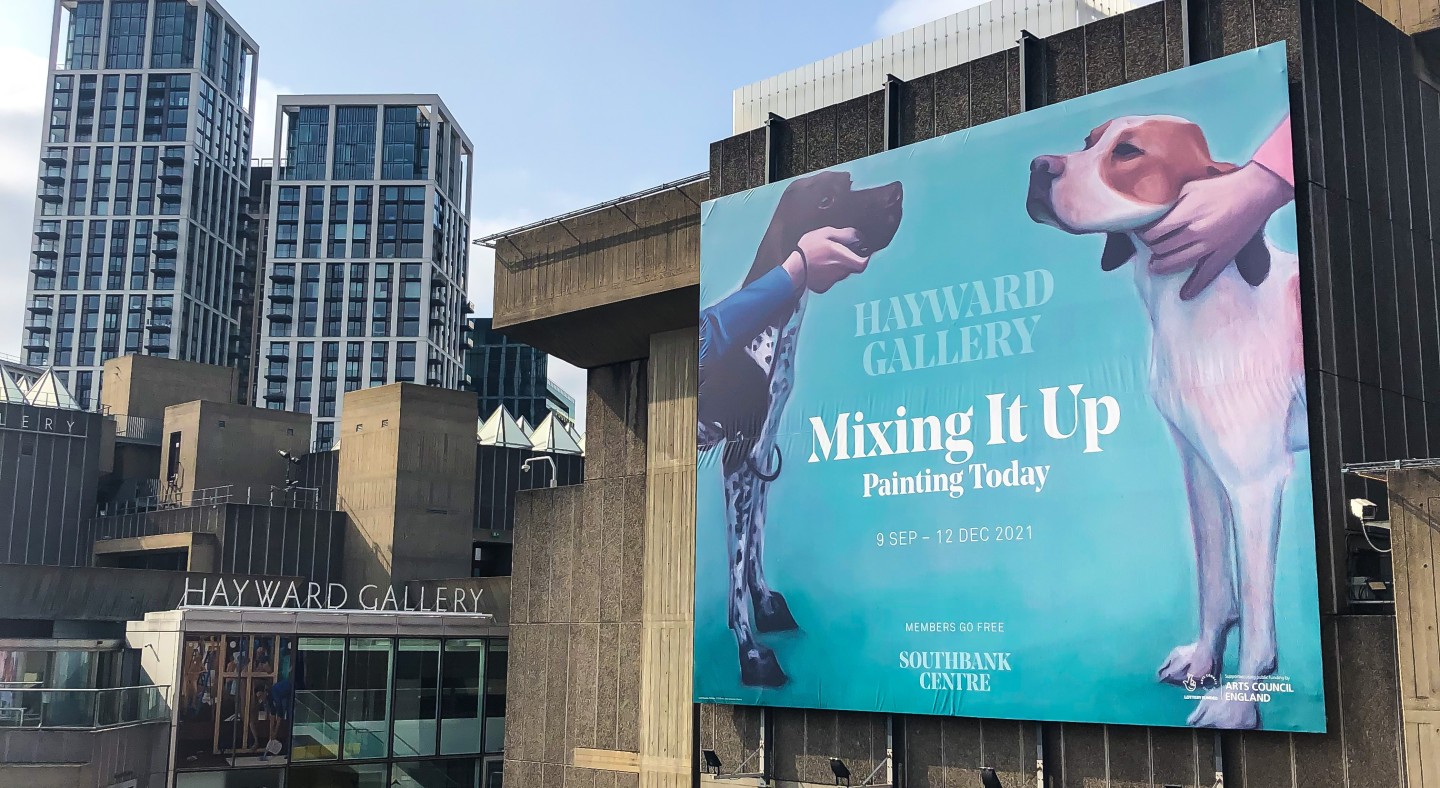
The exhibition is dramatically uneven, said Ben Luke in the London Evening Standard. It features countless “jarring juxtapositions”, and some of the work just “isn’t very good”. Nevertheless, it is more than worth a visit. Many works are strong enough to “cut through” the muddled displays, losing none of their subtlety: among the more notable are Gabriella Boyd’s “strange but wondrous” images of figures and interiors, and Matthew Krishanu’s “quietly tense” scenes based on childhood memories.
A free daily email with the biggest news stories of the day – and the best features from TheWeek.com
They could hardly be more different from German-born Daniel Sinsel’s immaculate and slightly daft paintings of unlikely objects, one of which depicts a “penile aubergine” with a hot-pink stem “proudly emerging, trompe l’œil style, from the border”. Exhausting as all this variety can be, it is a testament to the “endless material possibilities” of paint. The best of the artists here “create a world entirely their own” – one that could not be communicated through any other medium. For all its shortcomings, this is an exhibition which “demands to be seen”.
-
 How robust is the rule of law in the US?
How robust is the rule of law in the US?In the Spotlight John Roberts says the Constitution is ‘unshaken,’ but tensions loom at the Supreme Court
-
 Magazine solutions - December 26-January 2
Magazine solutions - December 26-January 2Puzzles and Quizzes Issue - December 26-January 2
-
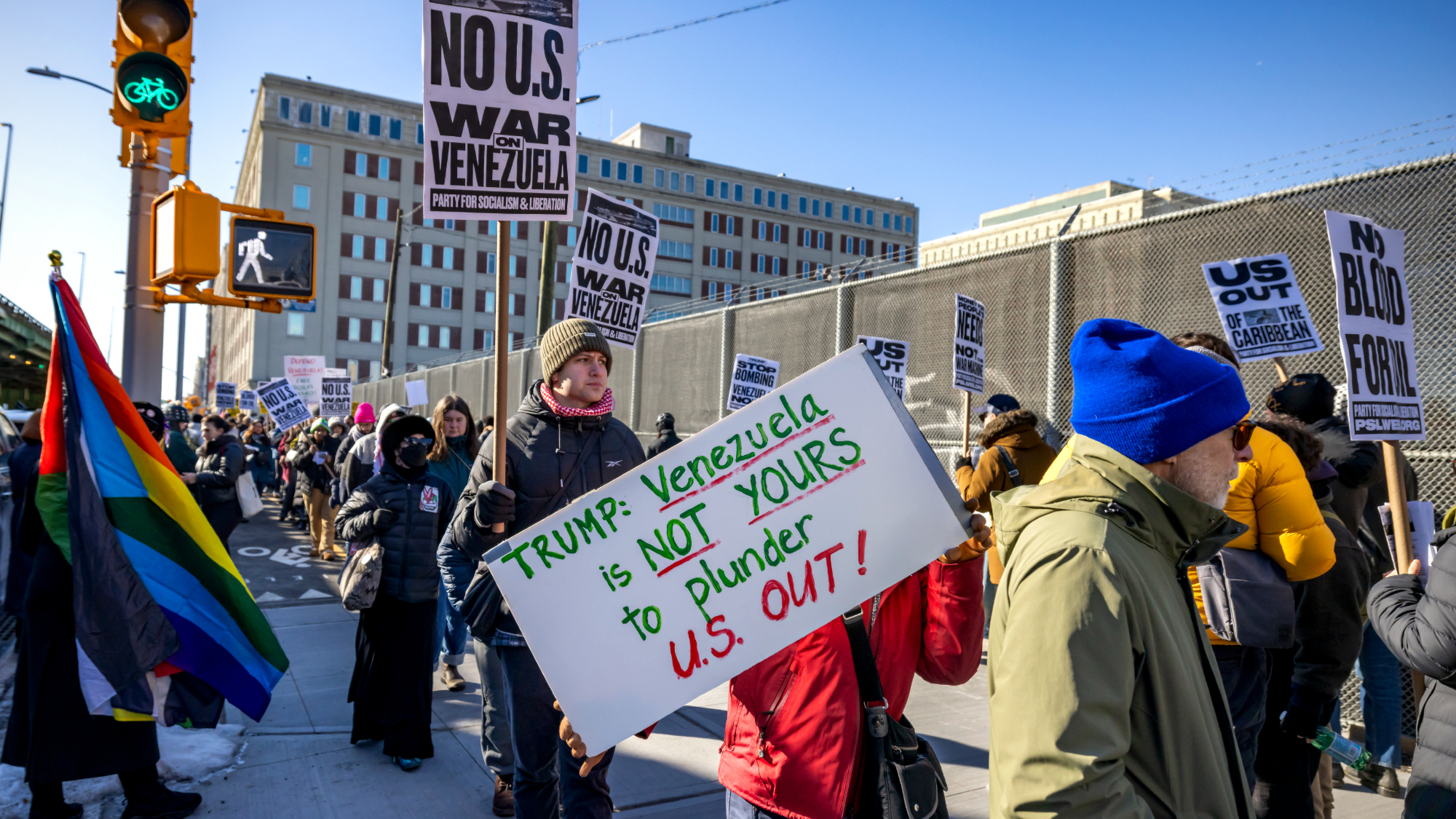 Venezuela ‘turning over’ oil to US, Trump says
Venezuela ‘turning over’ oil to US, Trump saysSpeed Read This comes less than a week after Trump captured the country’s president
-
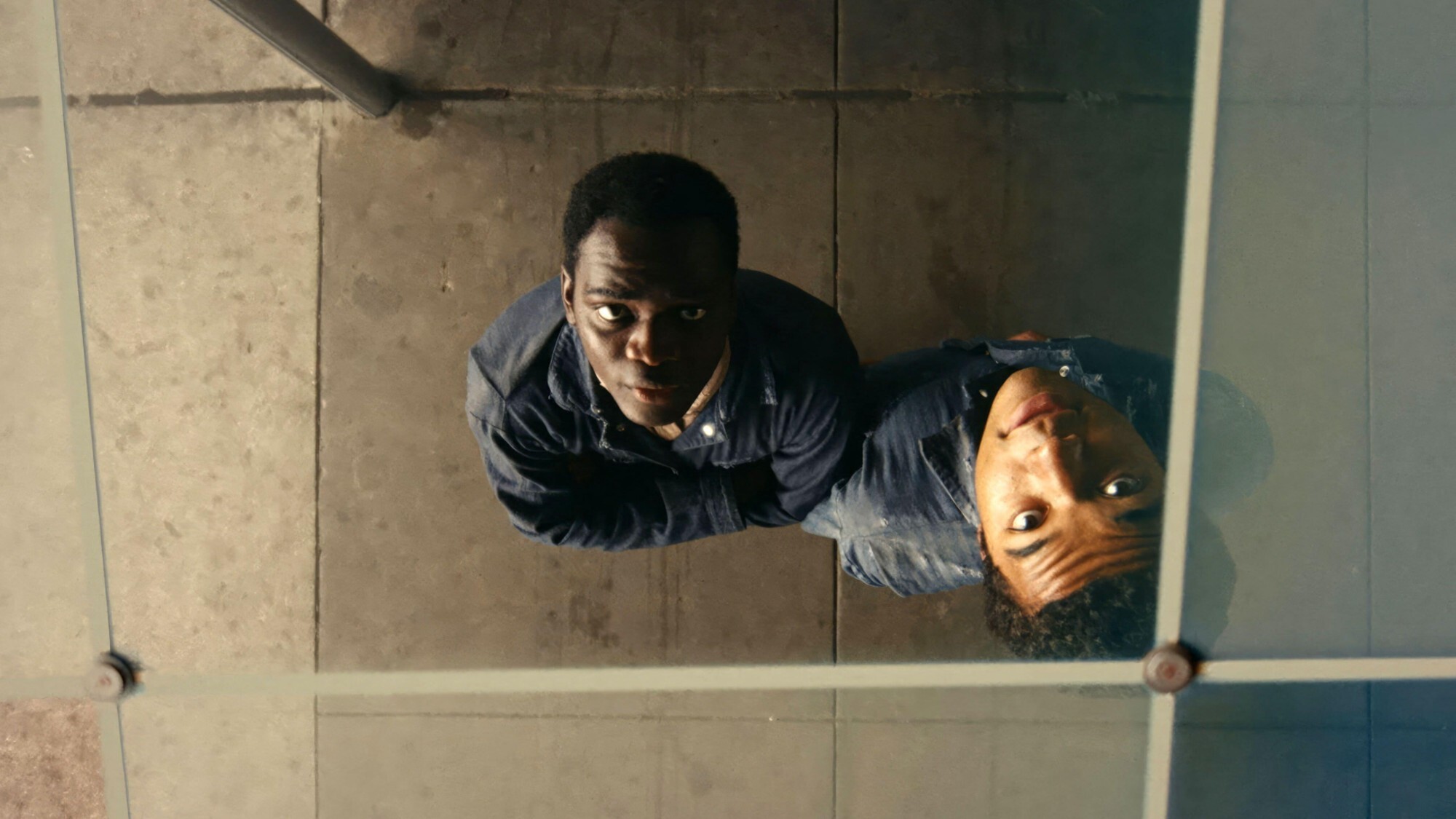 The ultimate films of 2025 by genre
The ultimate films of 2025 by genreThe Week Recommends From comedies to thrillers, documentaries to animations, 2025 featured some unforgettable film moments
-
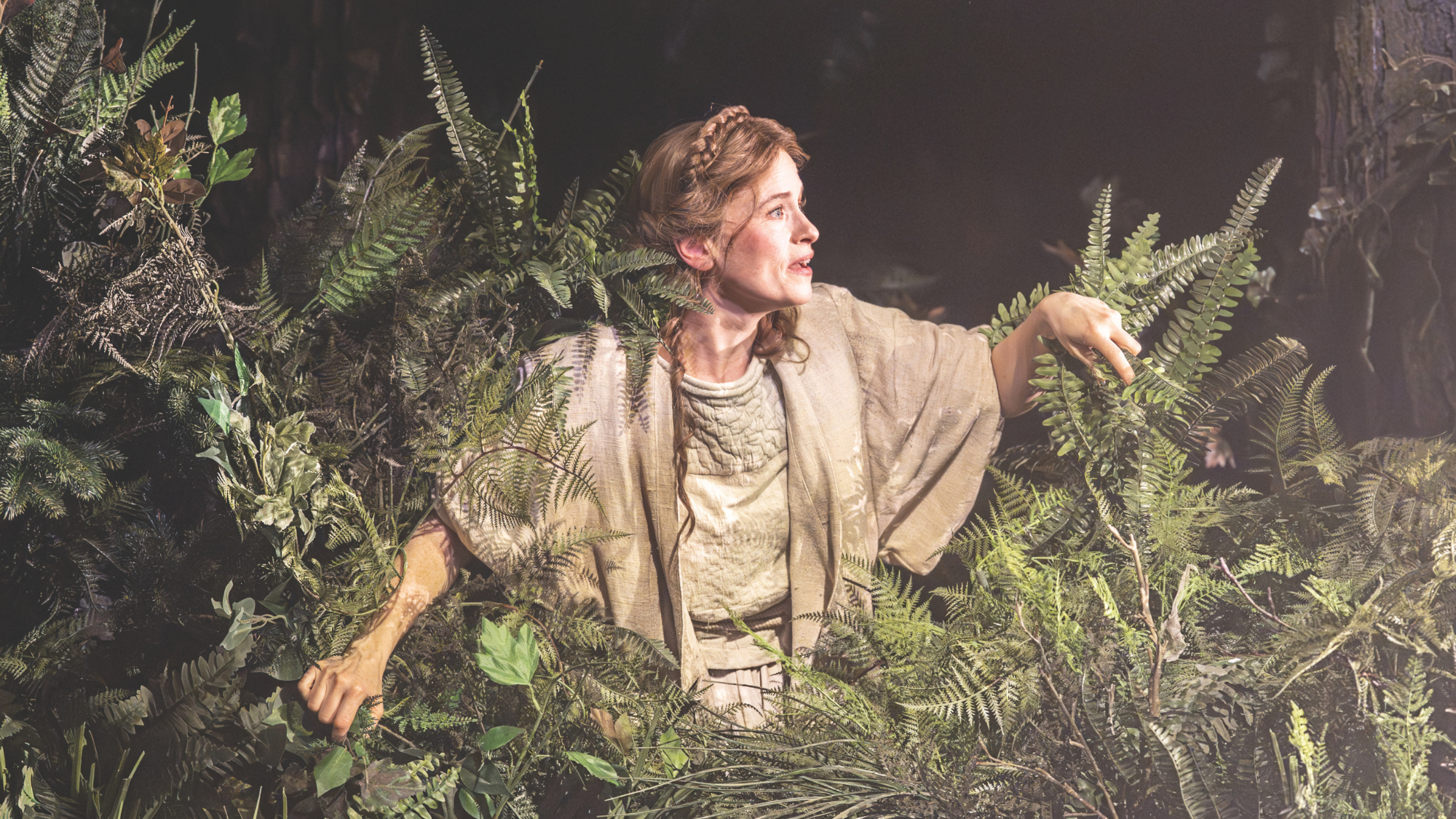 Into the Woods: a ‘hypnotic’ production
Into the Woods: a ‘hypnotic’ productionThe Week Recommends Jordan Fein’s revival of the much-loved Stephen Sondheim musical is ‘sharp, propulsive and often very funny’
-
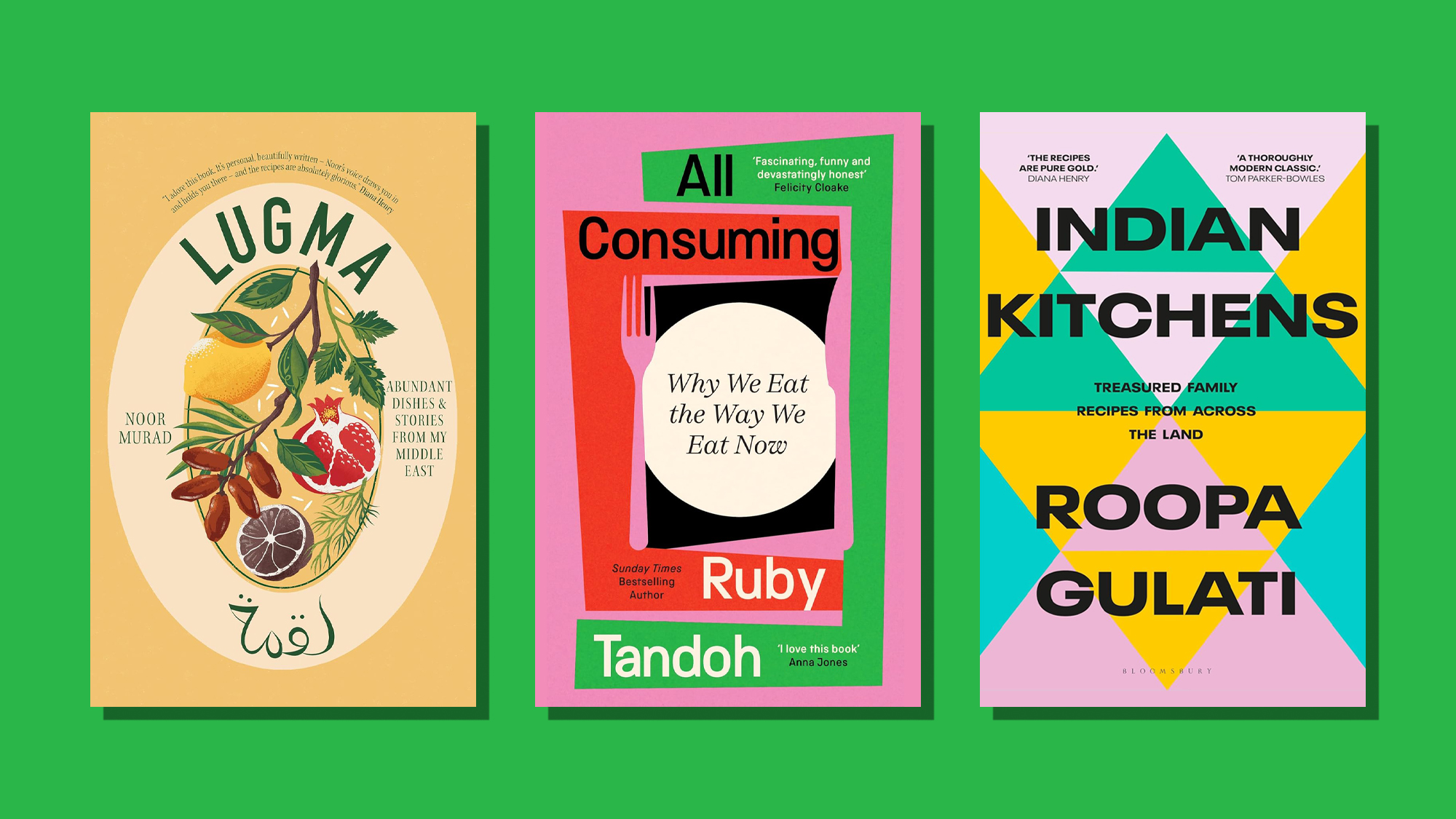 The best food books of 2025
The best food books of 2025The Week Recommends From mouthwatering recipes to insightful essays, these colourful books will both inspire and entertain
-
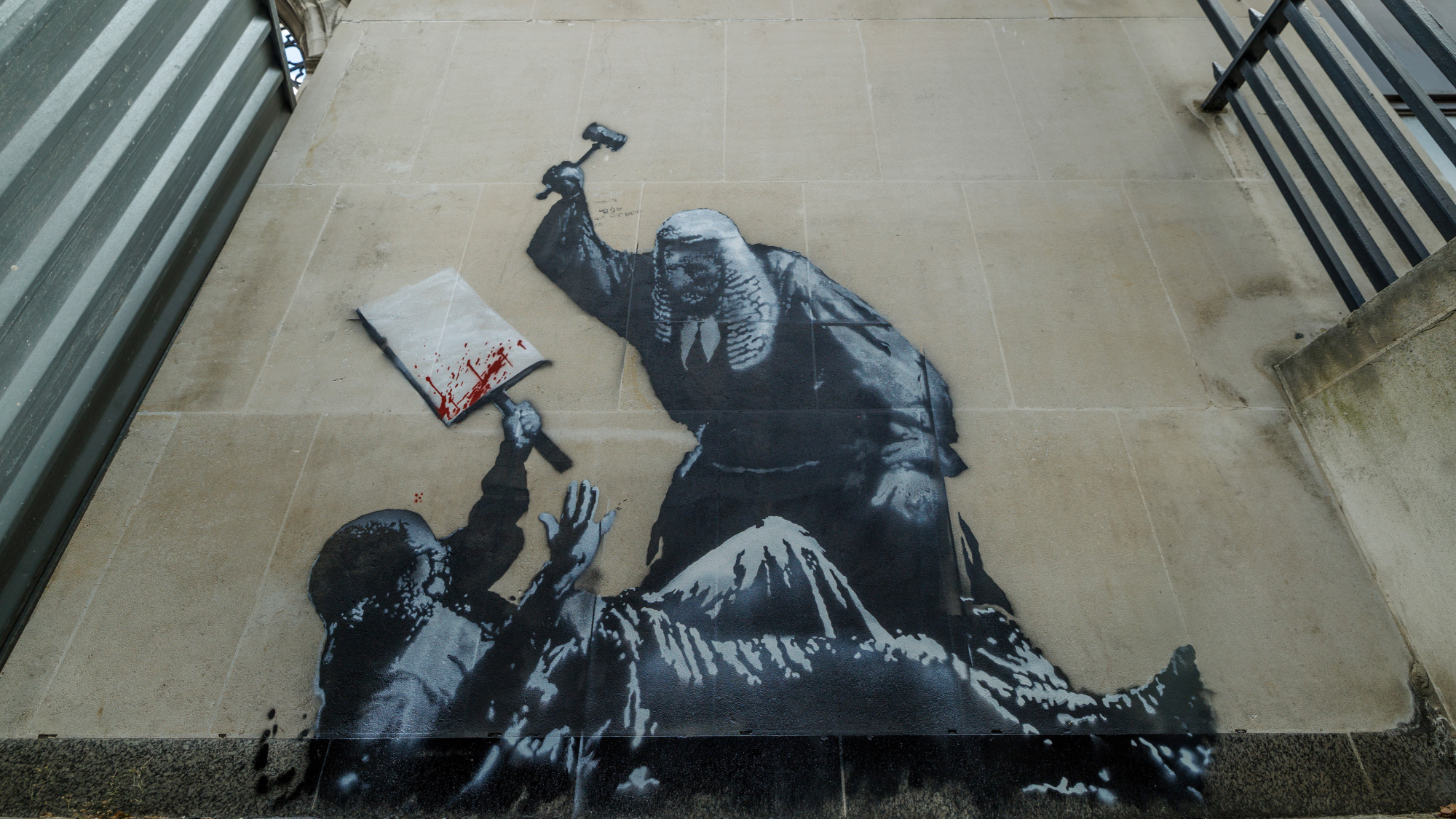 Art that made the news in 2025
Art that made the news in 2025The Explainer From a short-lived Banksy mural to an Egyptian statue dating back three millennia
-
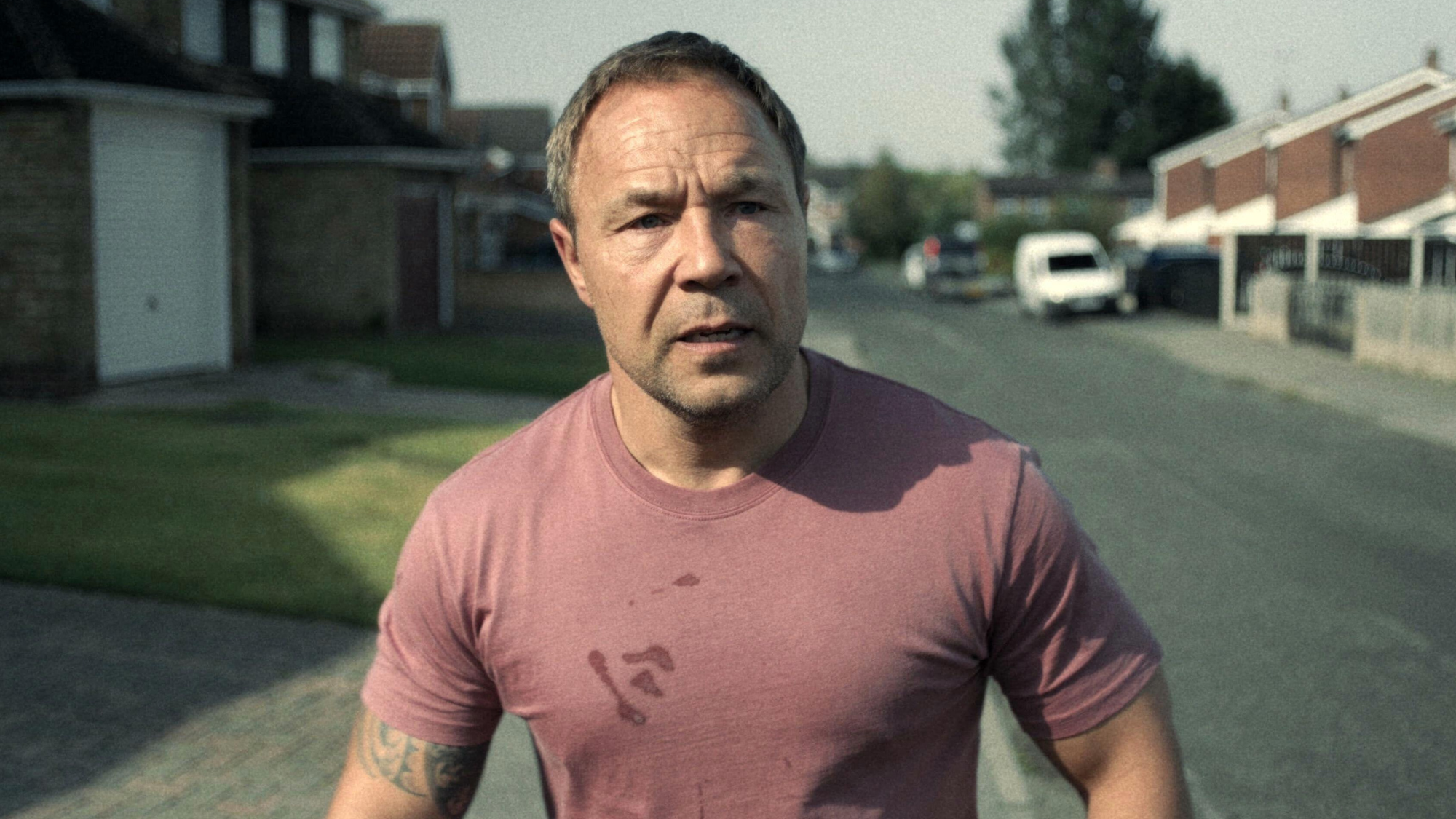 Nine best TV shows of the year
Nine best TV shows of the yearThe Week Recommends From Adolescence to Amandaland
-
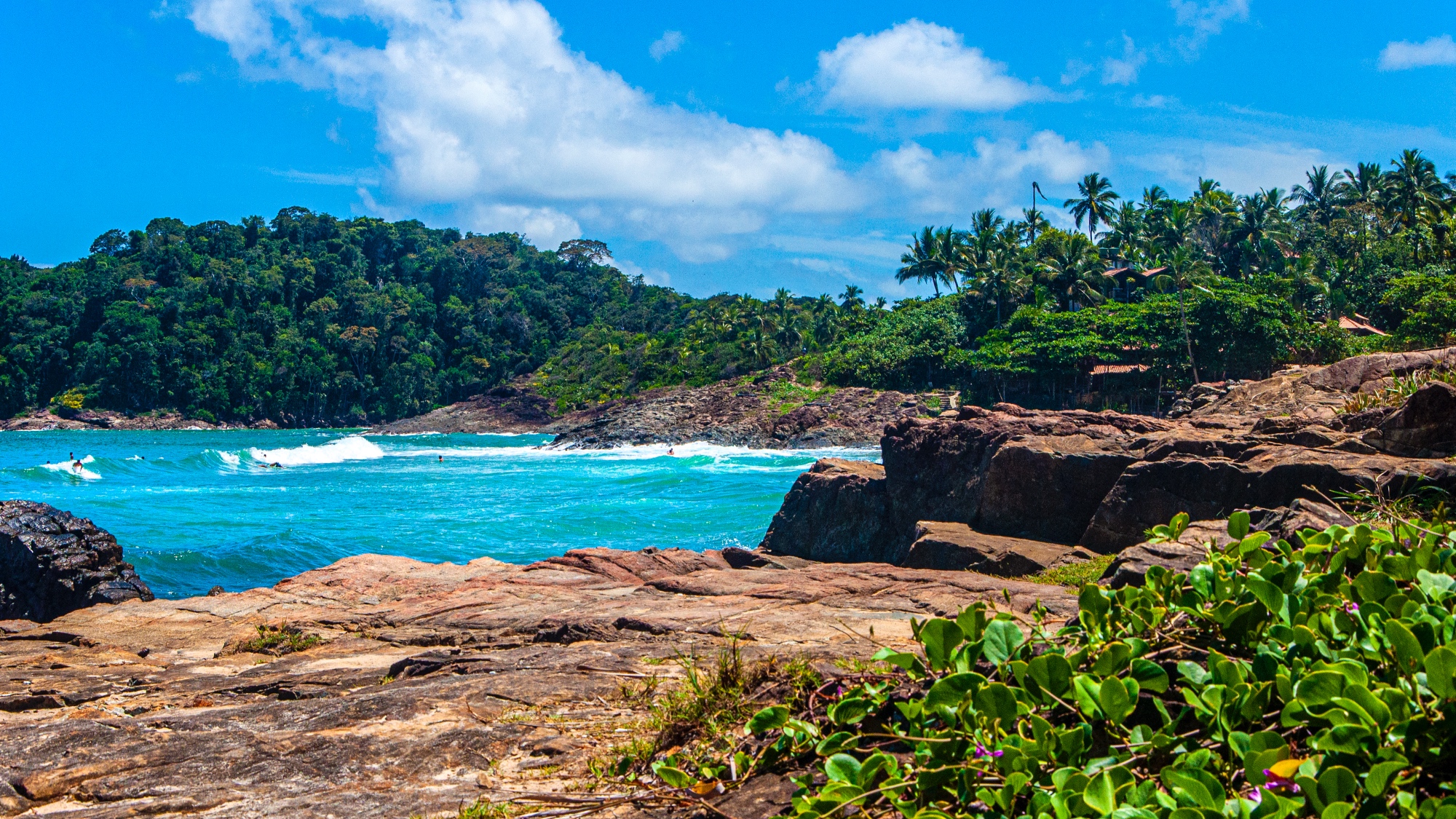 Winter holidays in the snow and sun
Winter holidays in the snow and sunThe Week Recommends Escape the dark, cold days with the perfect getaway
-
 The best homes of the year
The best homes of the yearFeature Featuring a former helicopter engine repair workshop in Washington, D.C. and high-rise living in San Francisco
-
 Critics’ choice: The year’s top 10 movies
Critics’ choice: The year’s top 10 moviesFeature ‘One Battle After Another’ and ‘It Was Just an Accident’ stand out